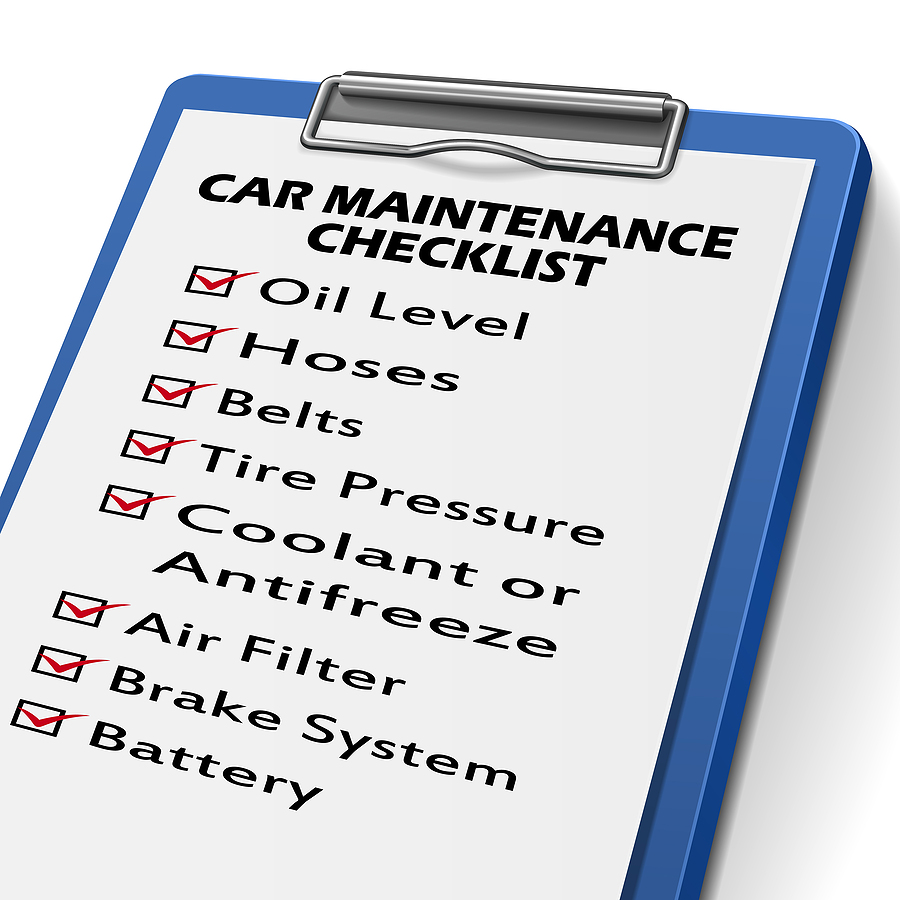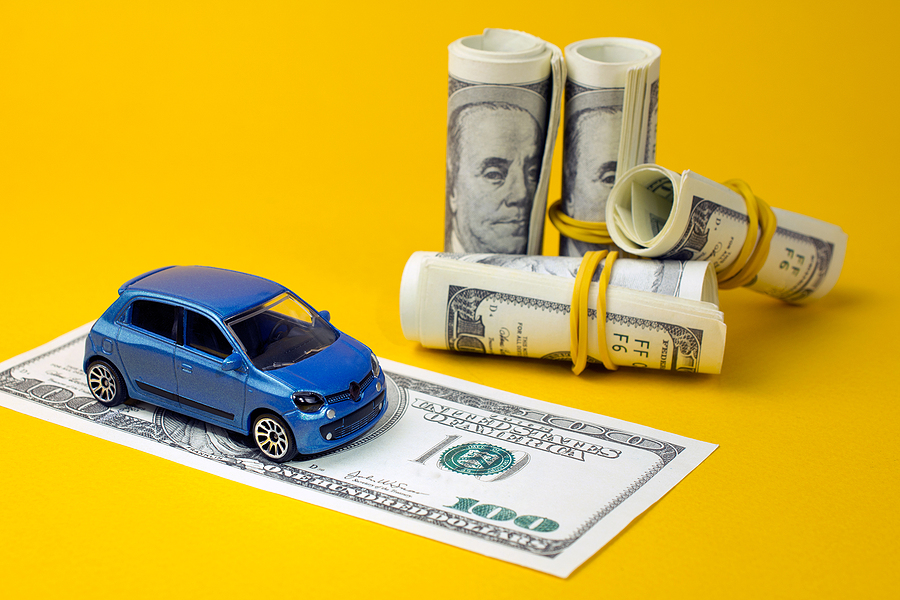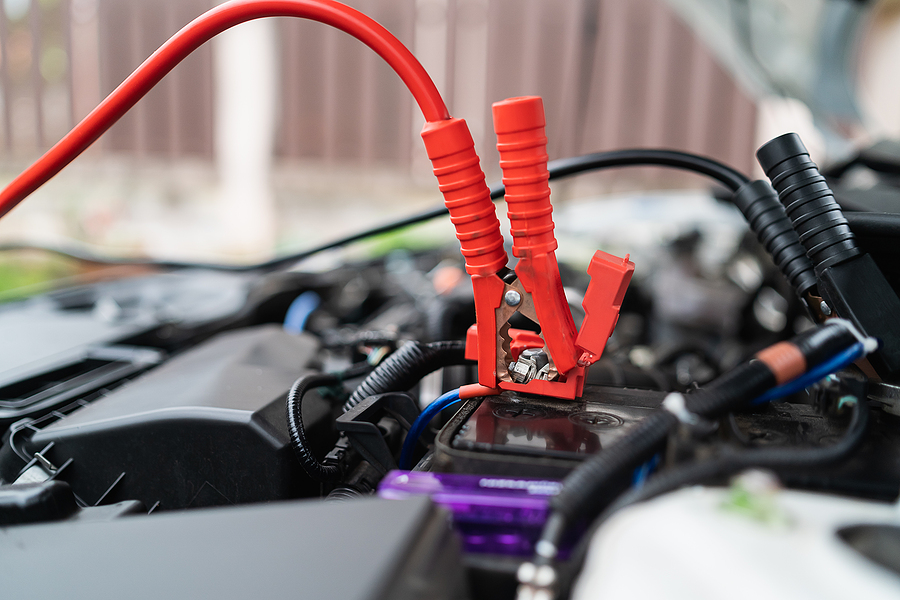Watching the odometer roll over the 100,000-mile mark is a significant milestone in the life of any vehicle. It’s a testament to the durability of modern engineering and, likely, your commitment to reliable transportation. However, hitting this number also signals a shift in how you need to care for your car. The “set it and forget it” mentality of the first few years must be replaced with a more proactive, vigilant approach.
A high mileage vehicle isn’t necessarily a liability; in fact, many cars today can easily surpass 200,000 miles with the right attention. But as components age, rubber seals dry out, and metal parts wear down, the margin for error shrinks. Ignoring a small rattle or delaying a fluid change can escalate from a minor annoyance to a catastrophic failure much faster than it would in a newer car. Understanding the specific needs of an aging vehicle is crucial not just for extending its life, but for ensuring your safety on the road.
This guide explores the critical maintenance steps required to keep your high-mileage companion running smoothly for years to come.

Engine Care: The Heart of the Matter
The engine is the heart of your vehicle, and after 100,000 miles, it has endured significant stress. Keeping it healthy requires moving beyond the basic recommendations found in your owner’s manual for a new car.
Oil Changes: Frequency and Quality
Oil is the lifeblood of your engine, reducing friction and carrying away heat. In a high-mileage engine, internal gaps between moving parts may have widened slightly due to wear. This makes oil selection critical.
- High Mileage Oil: Consider switching to a synthetic blend or full synthetic oil specifically formulated for high mileage engines. These oils contain special seal conditioners that help rejuvenate aging gaskets and seals to prevent leaks. They also include extra detergents to clean out sludge that may have accumulated over years of driving.
- Intervals: While newer cars might go 7,500 or 10,000 miles between oil changes, an older engine benefits from more frequent attention. aim for every 3,000 to 5,000 miles to ensure maximum protection.
Cooling System Flushes
Overheating is the number one enemy of an aging engine. Old coolant loses its anti-corrosive properties, leading to rust and scale buildup inside the radiator and engine block. This buildup acts as an insulator, trapping heat and making the cooling system work harder. A complete coolant flush—not just a top-off—every 30,000 to 50,000 miles removes this debris and replenishes the additives that protect your water pump and radiator.
Spark Plugs and Timing Belts
Spark plugs ignite the fuel-air mixture in your cylinders. Over tens of thousands of miles, the gap across which the spark jumps can widen, or the electrode can wear down, leading to misfires, rough idling, and poor fuel economy. If you haven’t done a spark plug replacement by 100,000 miles, do so immediately.
Similarly, if your vehicle uses a timing belt (rather than a chain), it is likely due for replacement. This is a “zero-tolerance” part for many engines; if it snaps while driving, the pistons can crash into the valves, effectively destroying the engine. Check your owner’s manual for the specific interval, but getting this done is non-negotiable for longevity.
Speak With a Certified Auto Mechanic Today 📞
Transmission Maintenance: Smooth Shifting
The transmission is complex, expensive to repair, and often overlooked until it starts slipping or shifting hard. Heat and friction are constant enemies here.
Fluid Checks and Changes
Transmission fluid acts as both a lubricant and a hydraulic fluid. Over time, it breaks down and becomes contaminated with tiny metal shavings from the gears. In a high-mileage car, this old fluid can sometimes be the only thing holding worn clutch packs together (in automatic transmissions).
- The Approach: A simple drain and refill is often safer than a high-pressure flush for older transmissions. A flush can sometimes dislodge varnish deposits that end up clogging narrow passages.
- The Filter: Don’t forget the transmission filter. Just like an oil filter, it catches debris. Replacing it ensures clean fluid circulates freely.
If your transmission uses a “lifetime” fluid, be skeptical. Most mechanics agree that changing it every 50,000 to 60,000 miles is wise once the vehicle ages.
Brake System: Stopping Power
Safety is paramount, and your braking system is the single most important safety feature you have. Components wear differently as the vehicle ages, often requiring more than just a simple pad swap.
Rotors and Calipers
By the time a car reaches high mileage, the brake rotors (the discs the pads clamp onto) may have become thin or warped. While they can sometimes be “turned” or resurfaced, replacement is often the safer and more cost-effective route for older cars.
Additionally, brake calipers—the hydraulic clamps—can seize up due to rust or dried-out rubber boots. A seized caliper can cause the car to pull to one side or lead to uneven brake wear. Inspecting the calipers during every brake job is essential.
Brake Fluid Flush
Brake fluid is hygroscopic, meaning it absorbs moisture from the air. Water in the brake lines lowers the boiling point of the fluid (leading to brake fade on steep hills) and causes corrosion in the brake lines and master cylinder. Flushing the brake fluid every two years prevents internal rust that could lead to a sudden loss of braking pressure.
Suspension and Steering: The Quality of the Ride
If your car feels “loose,” bounces excessively over bumps, or drifts in its lane, your suspension and steering components are likely worn out. This isn’t just about comfort; it’s about control.
Shocks and Struts
Shocks and struts generally last about 50,000 to 80,000 miles. By 100,000 miles, they are almost certainly compromised. Worn shocks increase stopping distances and make the vehicle unstable during emergency maneuvers. Replacing them restores the “tight” feeling the car had when it was new.
Alignment and Bushings
Rubber bushings act as cushions between metal suspension parts. Over a decade or more, rubber cracks and crumbles. This leads to metal-on-metal contact, clunking noises, and accelerated tire wear.
- Ball Joints and Tie Rods: These connect your wheels to the suspension and steering rack. If they fail, you lose steering control. Have a mechanic shake down the front end to check for play in these joints.
- Alignment: A proper alignment ensures all four wheels point in the right direction. This saves you money on tires and improves fuel efficiency by reducing rolling resistance.
Keep Your Car Running Strong
Owning a high-mileage vehicle is a journey that requires patience, vigilance, and a proactive mindset. By staying ahead of engine wear, protecting your transmission, ensuring your brakes are responsive, and maintaining your suspension, you aren’t just fixing problems—you are preventing them. This approach transforms your older vehicle from a potential headache into a reliable, trusted mode of transport that can serve you well for years to come.
Remember, every dollar spent on preventative maintenance is significantly less than the cost of a new car payment or a major engine repair. Treat your car with care, and it will return the favor.
If you are ready to give your high-mileage vehicle the expert attention it deserves, we are here to help. Contact Northeast Auto Service in Indianapolis today to schedule your professional factory scheduled maintenance or repair. Let us keep you on the road safely.
Related Post: Essential Auto Care Tips for Older Vehicles









